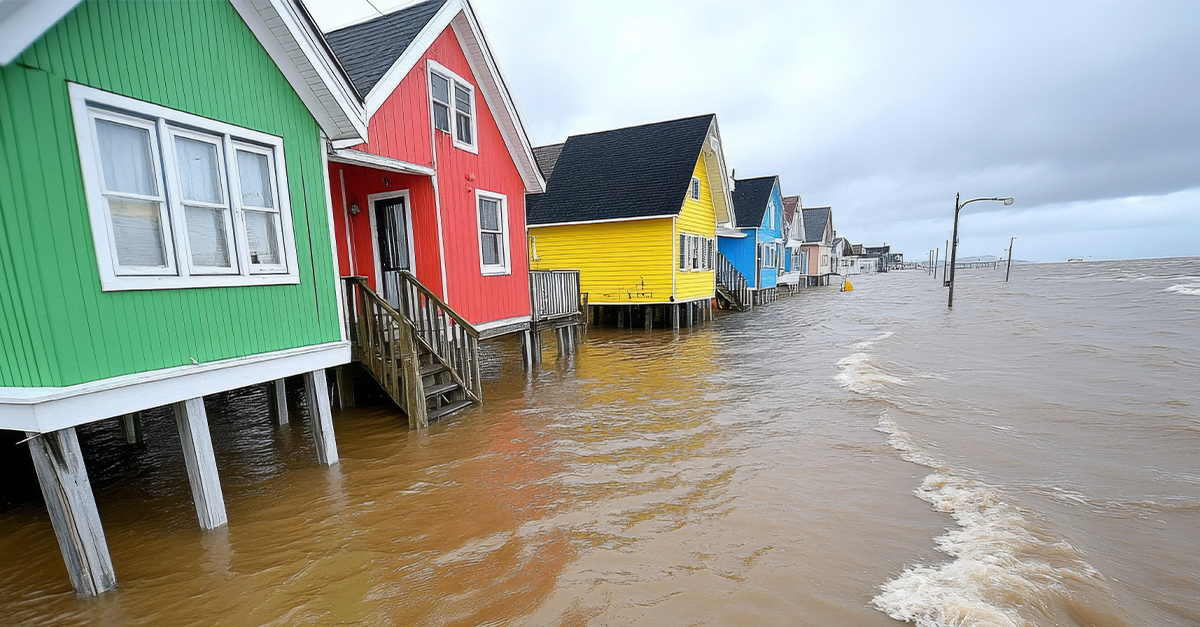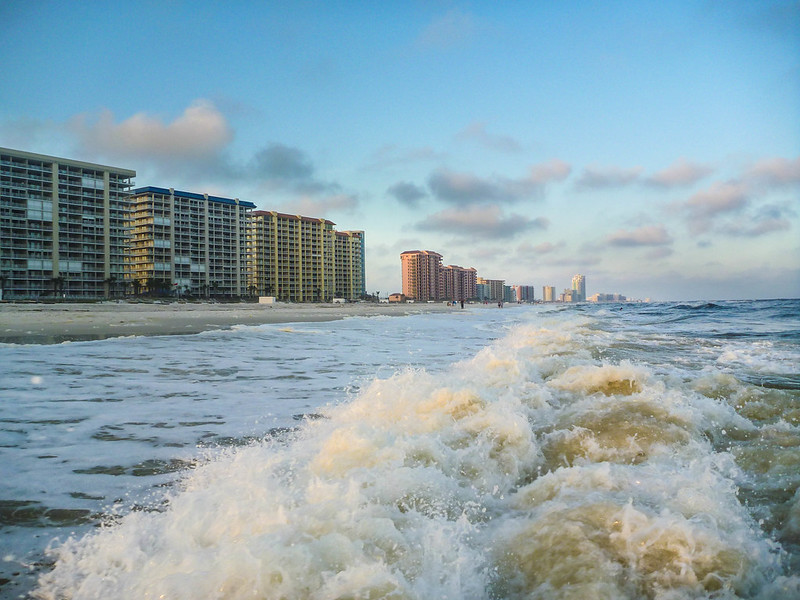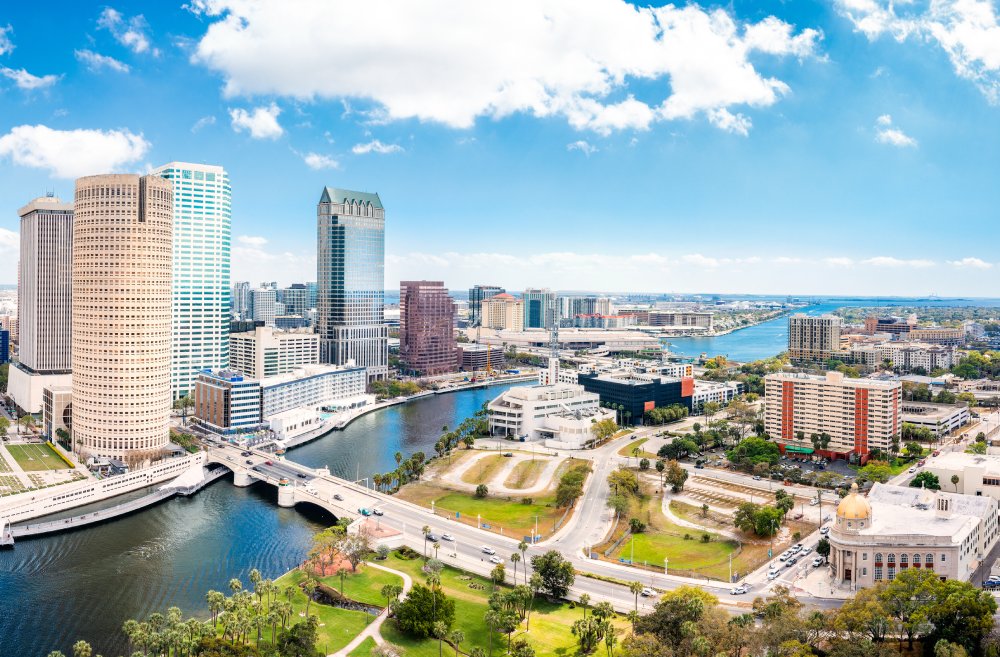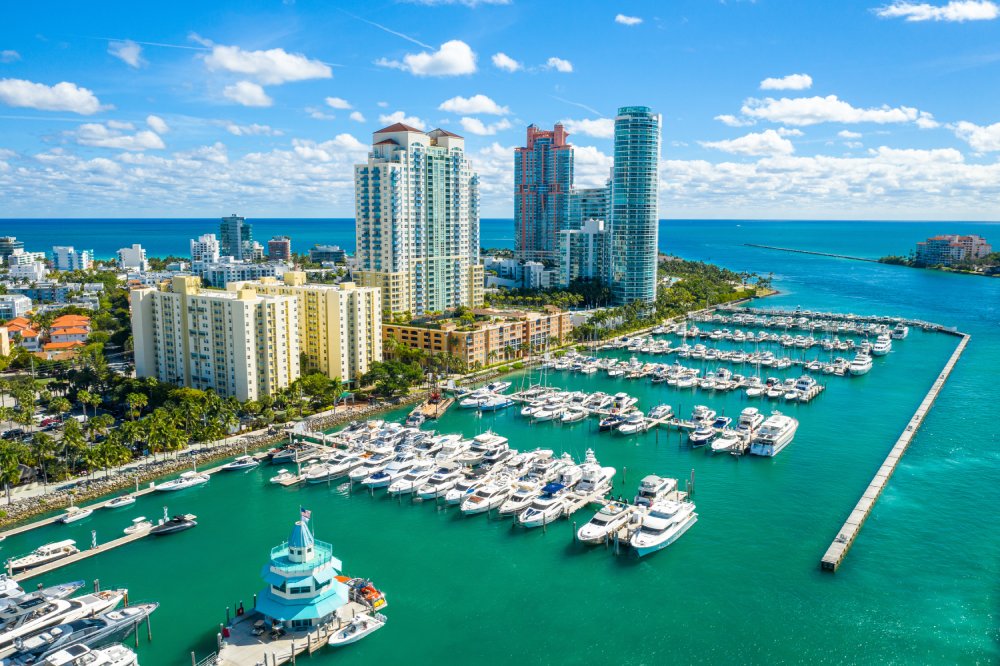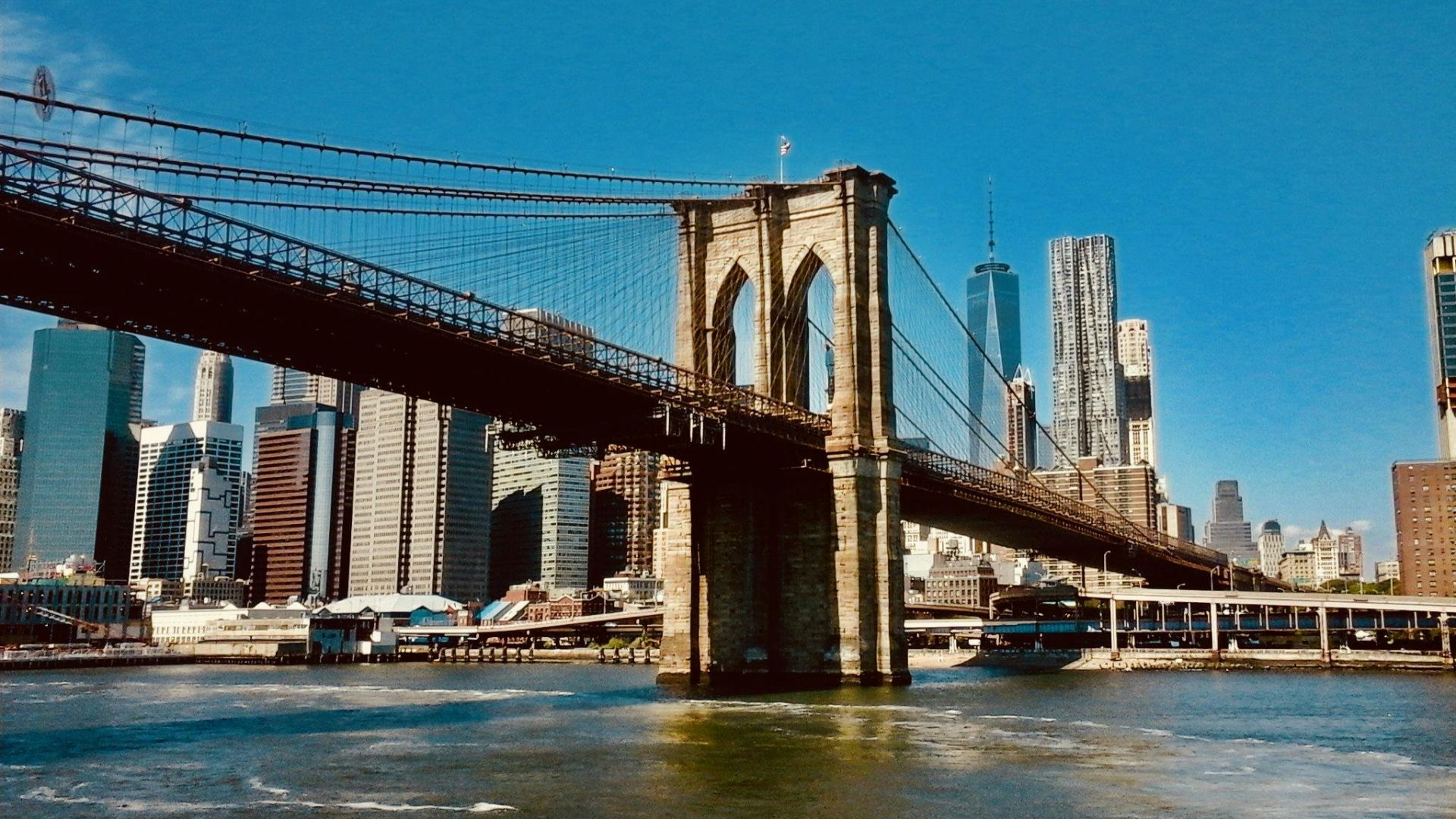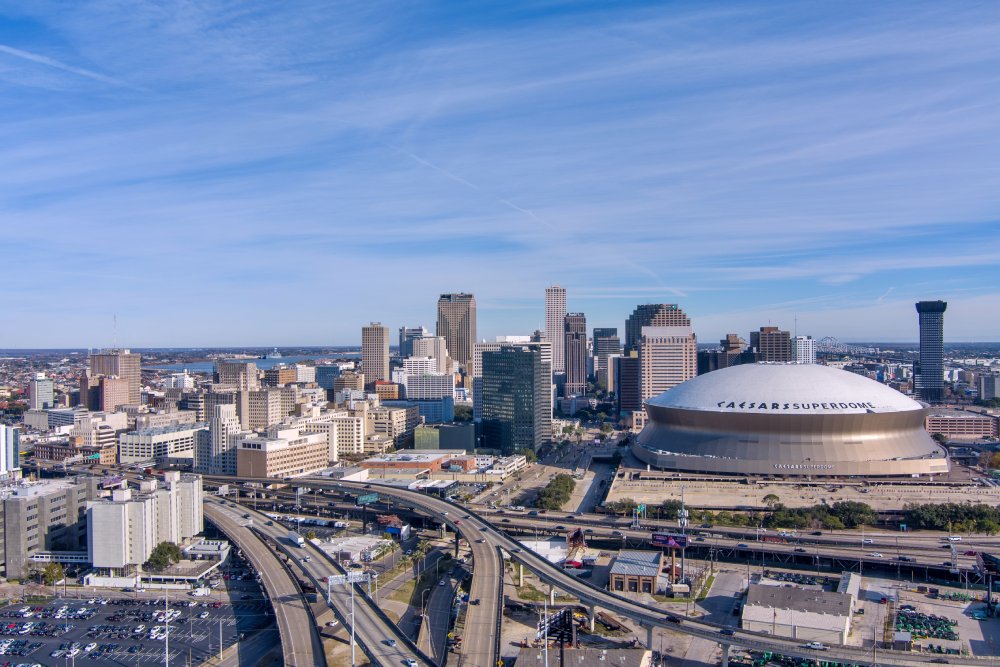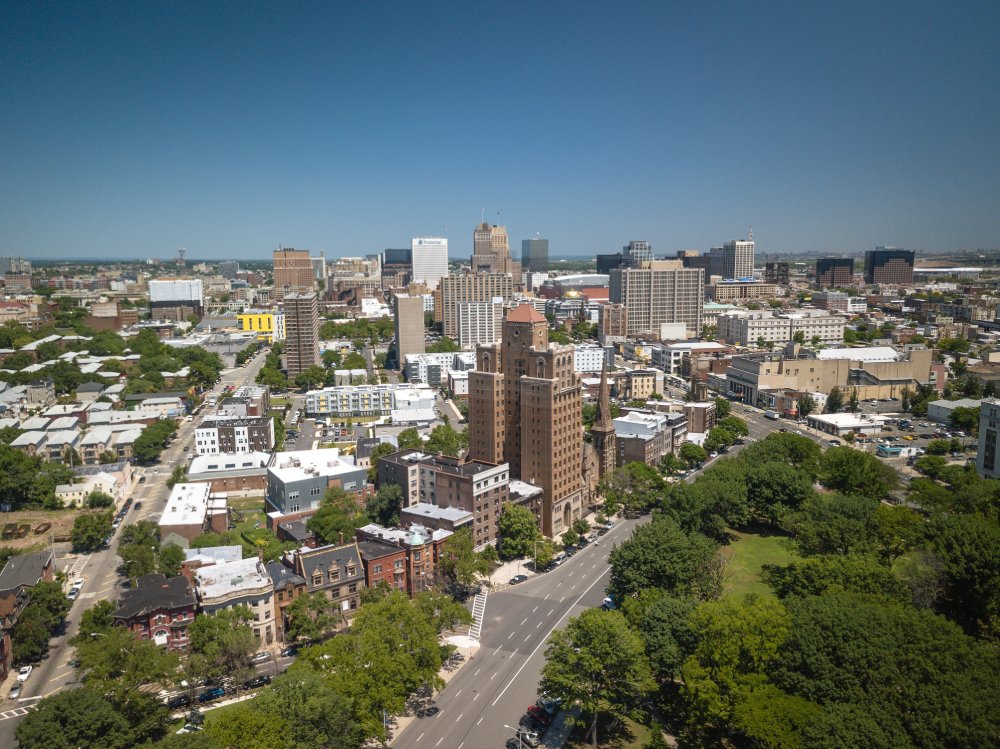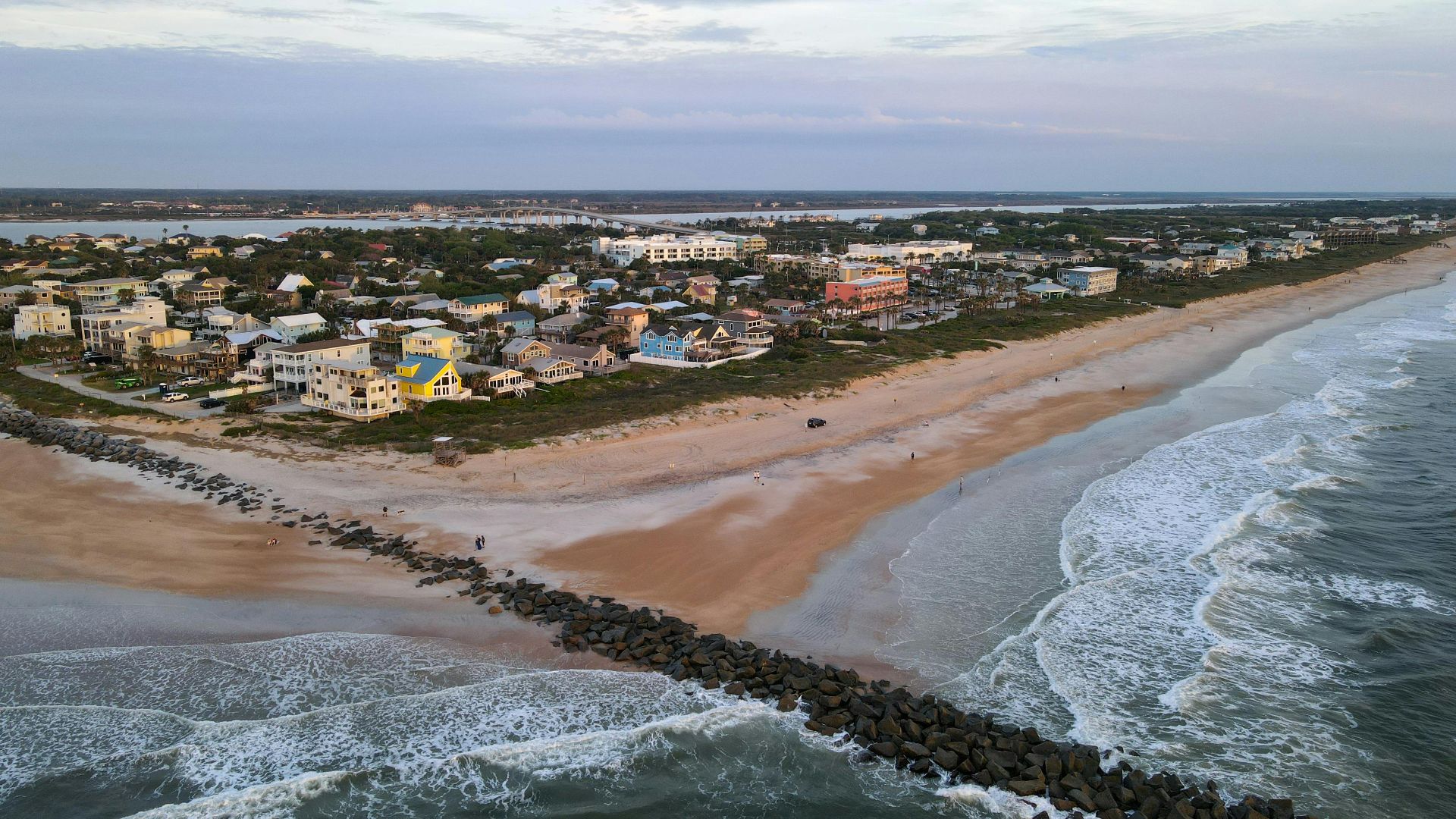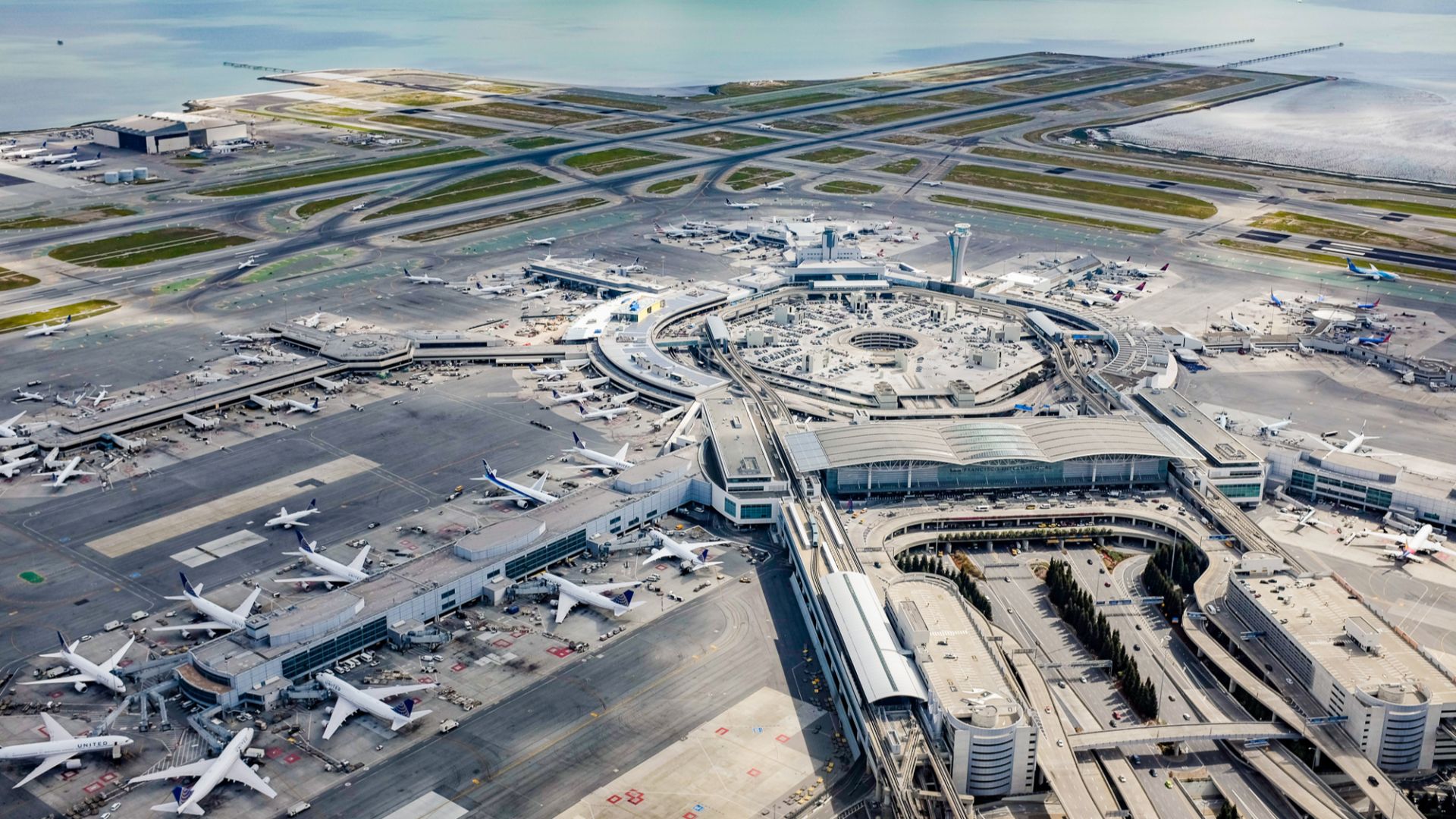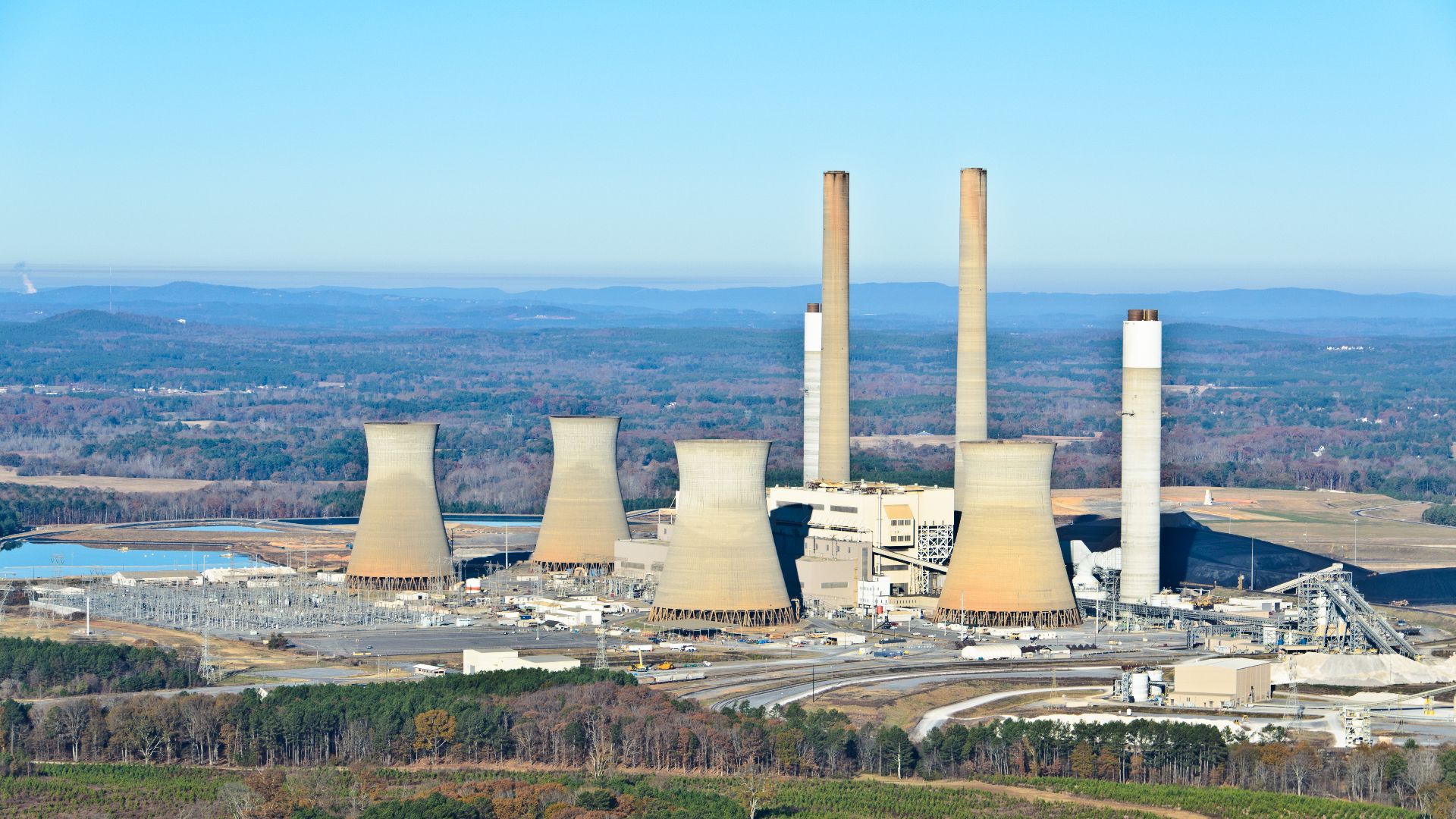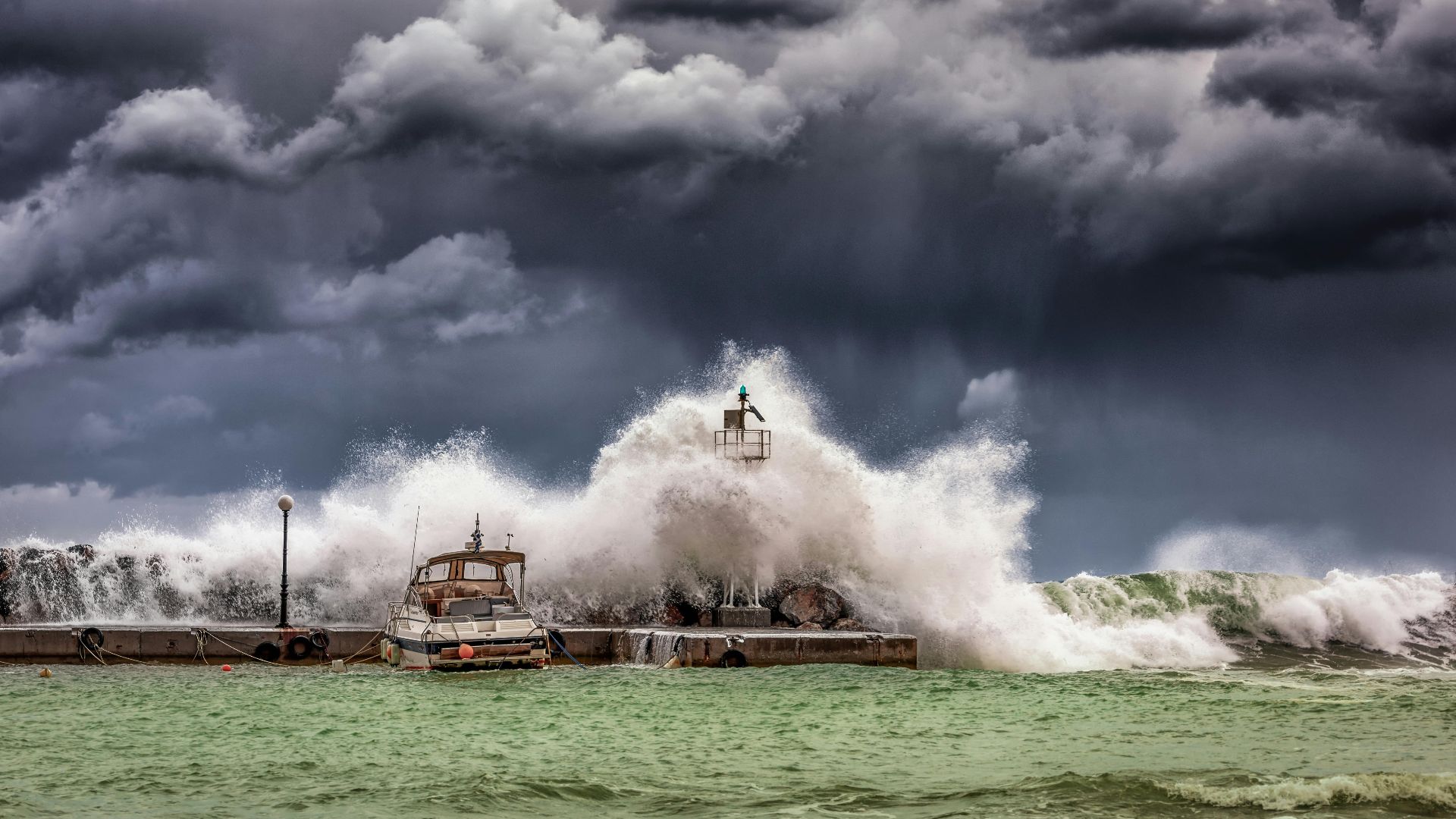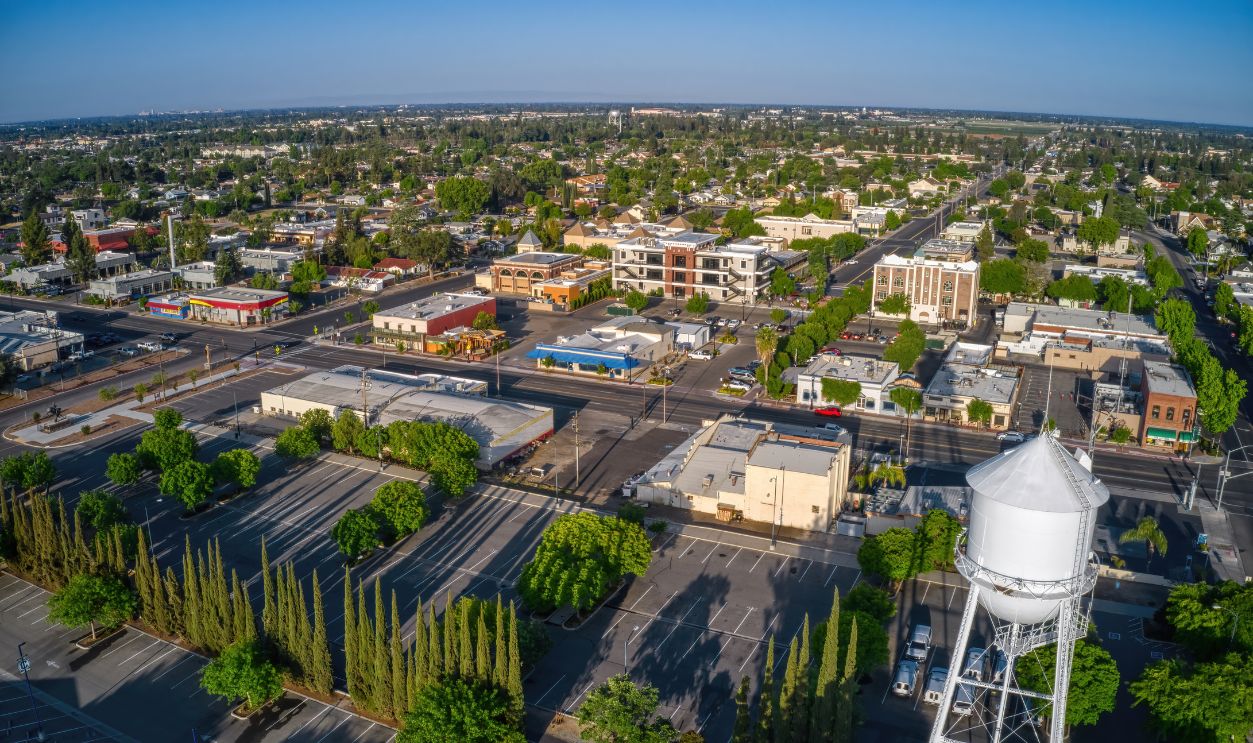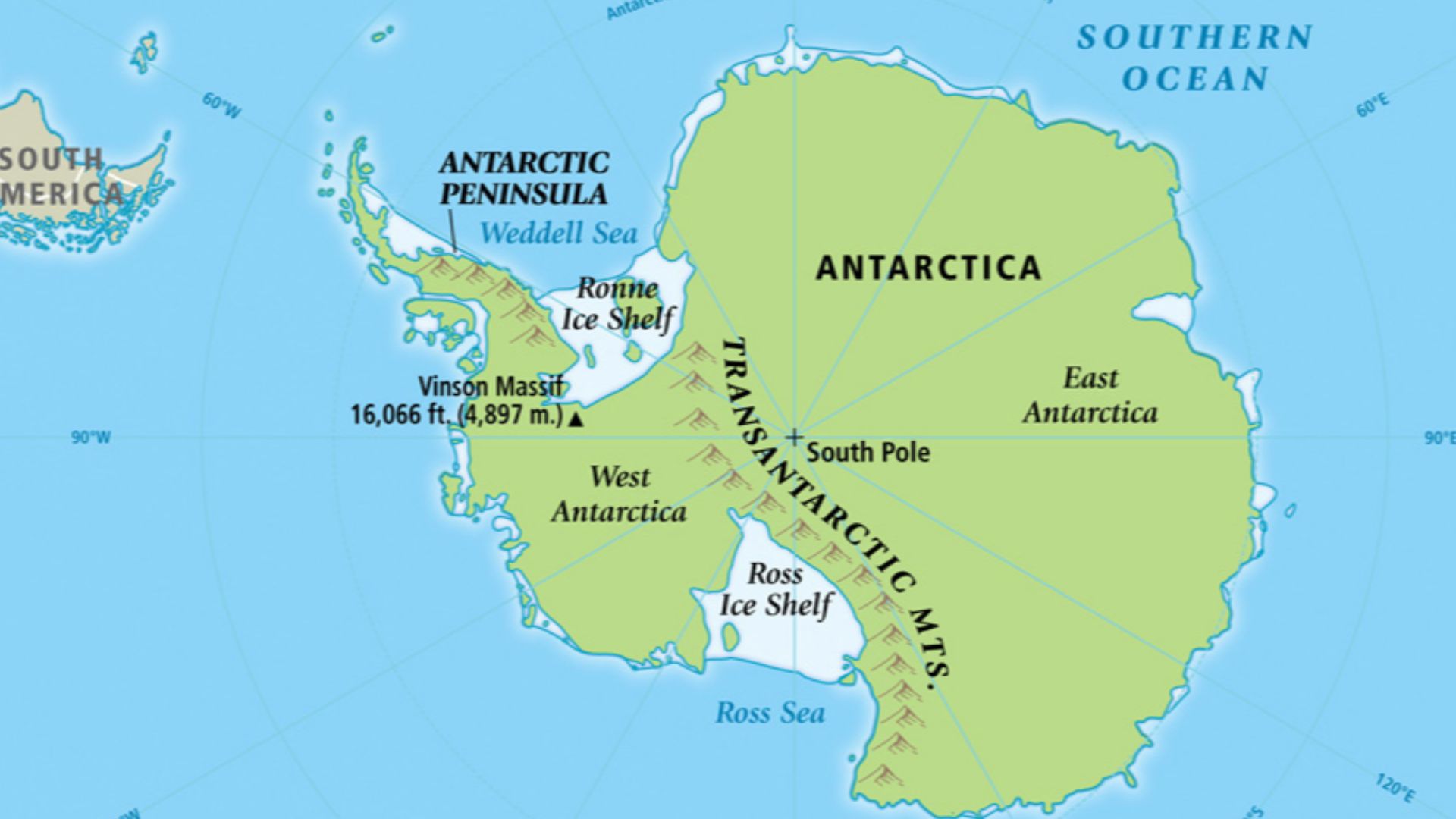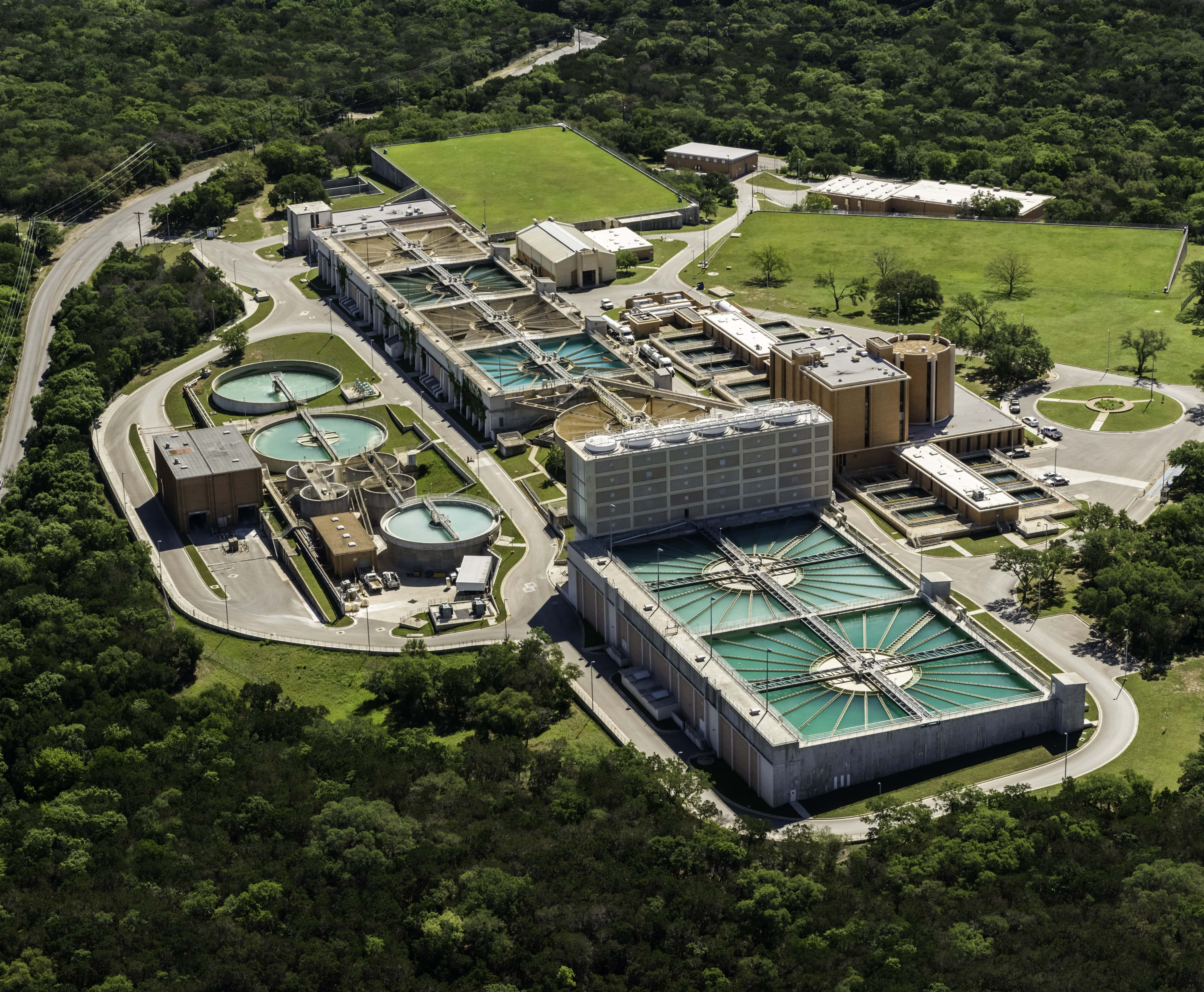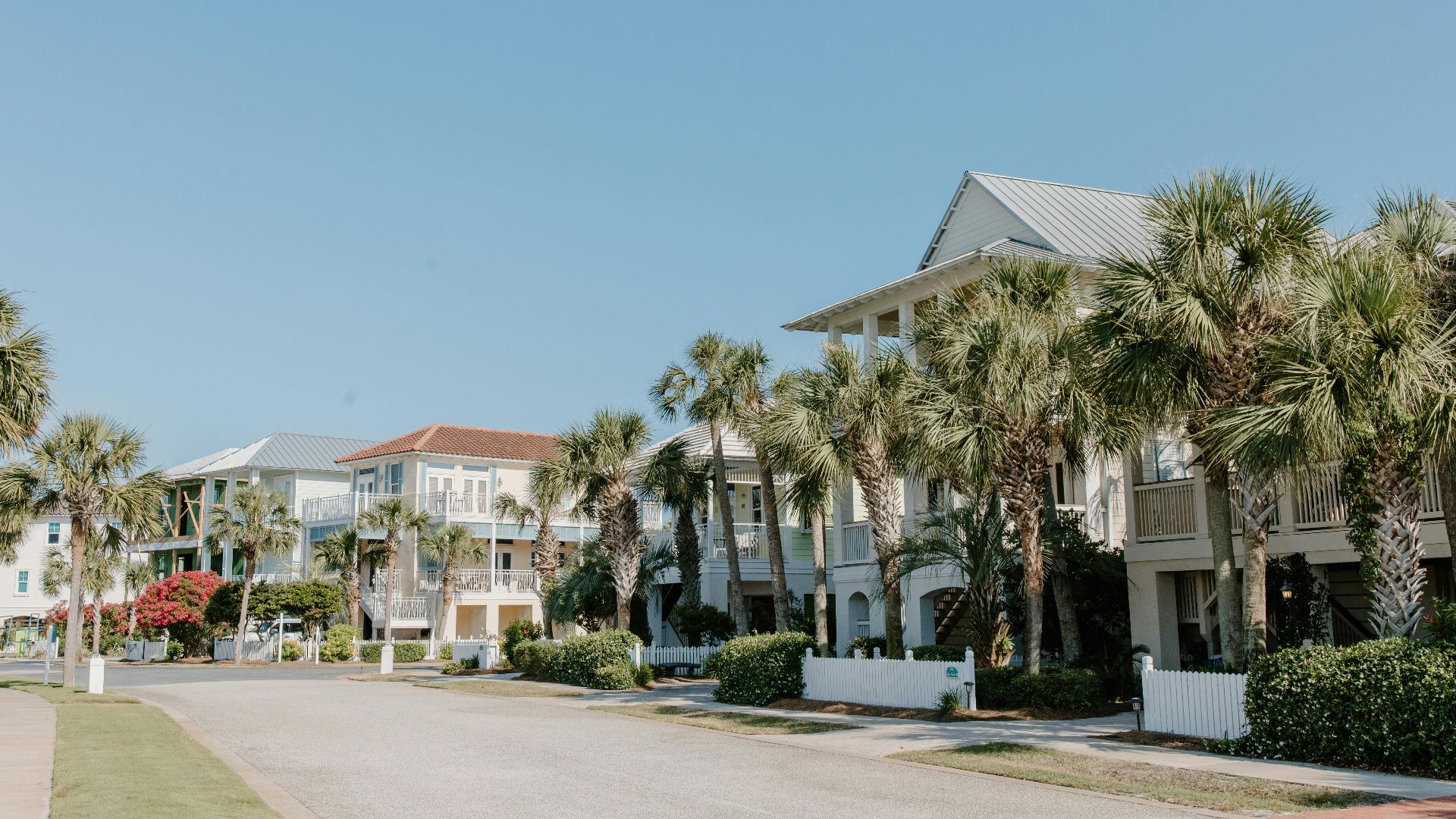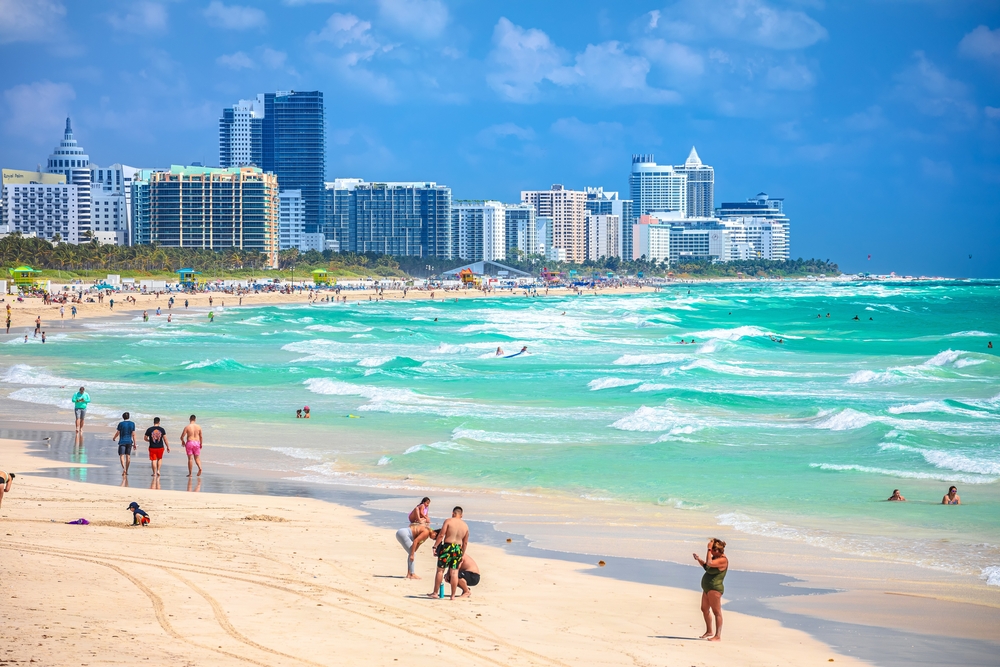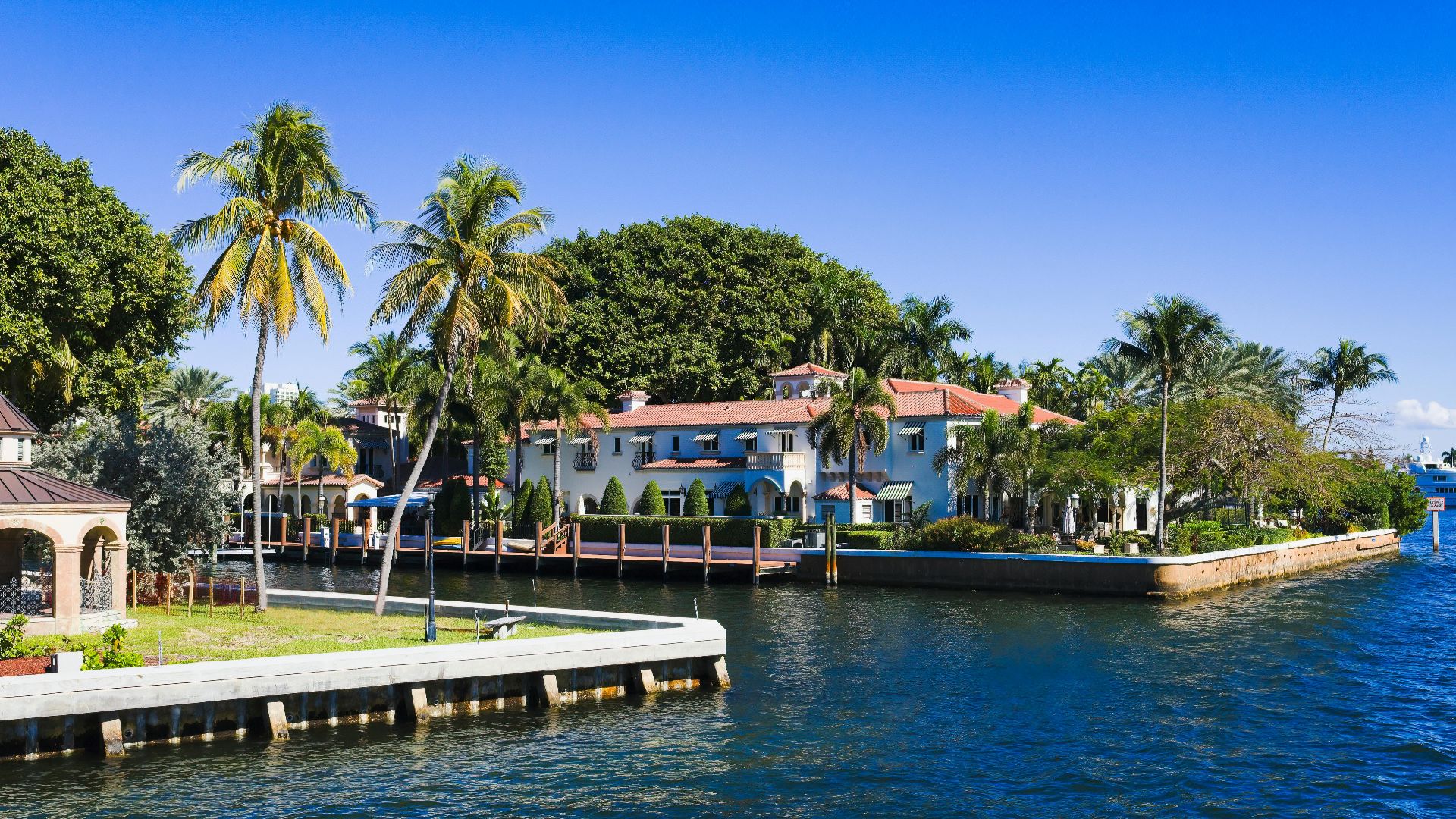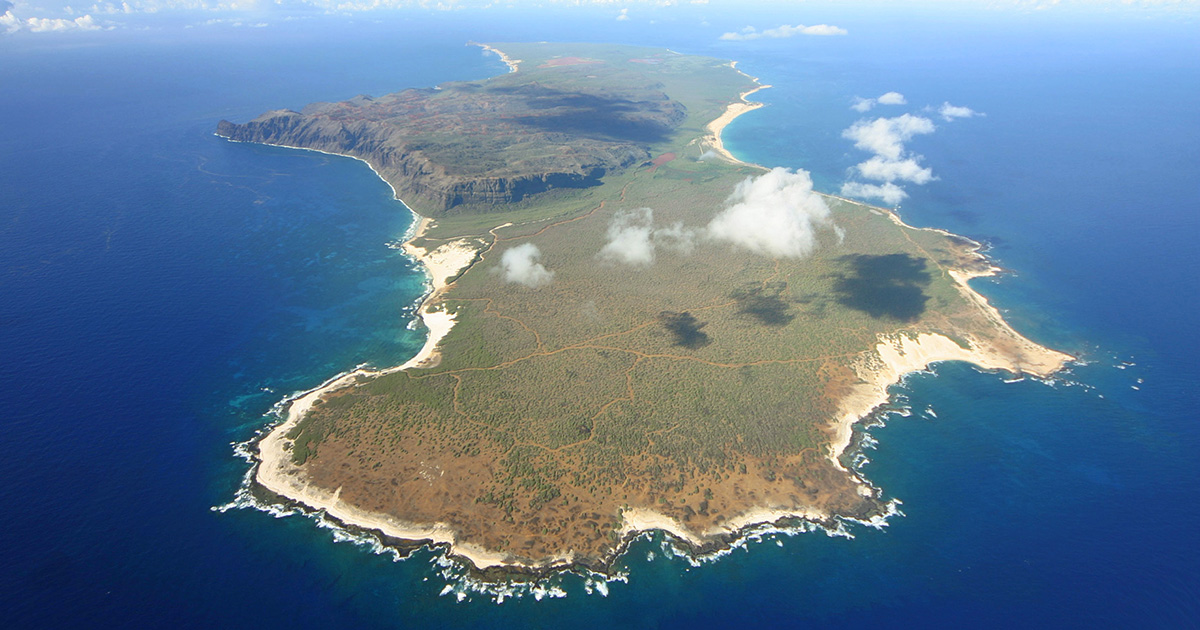What Will Happen If Sea Level Rises By 10 Feet?
Scientists now warn that sea levels could rise by 10 feet. This may not happen tomorrow, but sooner than we think. From Miami’s doomed coastlines to New York’s submerged boroughs, here’s what could really happen if the sea comes calling.
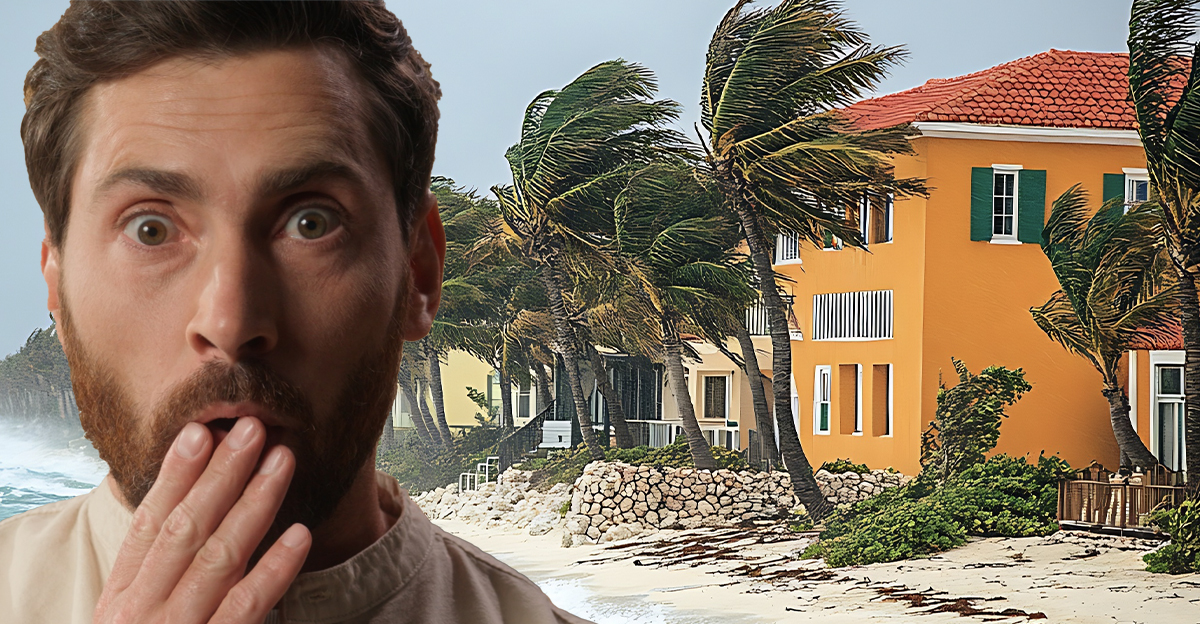
Say Goodbye To The Shoreline
If the ocean rises by 10 feet, America will lose approximately 28,800 square miles of land. That’s land currently inhabited by over 12.3 million people. Most of it lies along the East and Gulf Coasts.
Florida Becomes Ground Zero
Florida would suffer more than any other state from a 10-foot sea level rise. One-third of all housing in the state lies below that elevation. Traditional defenses like levees are nearly useless due to the porous limestone bedrock.
Miami’s Not Made For This
In Miami-Dade and Broward counties, 85% of existing homes fall below the 10-foot flood line. These counties are more vulnerable than any entire state outside of Florida. Efforts to build seawalls are complicated by the ground’s natural permeability.
New York Can’t Escape Either
More than 700,000 New Yorkers live on land that would be submerged under a 10-foot rise. That makes New York City the most threatened American city in terms of population. Coastal real estate valued in the hundreds of billions is at risk.
New Orleans Is Already Underwater
Much of New Orleans already lies below sea level and relies on levees for protection. With a 10-foot rise, these barriers would no longer suffice. The city would become increasingly indefensible without massive new infrastructure.
Stockton Is A Surprise Victim
Stockton, California, has over 140,000 residents on land less than 10 feet above high tide. Despite being inland, its elevation and riverine location make it highly vulnerable. It ranks among the top 10 most at-risk American cities.
Billions In Property, Gone
Florida alone has nearly $950 billion in property at risk from 10 feet of sea level rise. New York and New Jersey together account for over $300 billion more. This estimate includes homes, infrastructure, and businesses.
Roads Will Disappear
Over 32,000 miles of roads in Florida are located on land that would be inundated. These include evacuation routes, highways, and city streets. Disruption would severely affect transportation, trade, and emergency response.
Beach Cities Could Vanish
Without even hitting the 10-foot mark, as much as two-thirds of Southern California’s beaches could be lost. Rising seas erode shorelines and prevent beaches from naturally shifting inland. Urban development blocks this movement, worsening erosion.
Levees Can’t Save Everything
Levees in New Orleans and similar cities were not designed for a 10-foot rise. Once overtopped, levees fail catastrophically, leaving no room for partial flooding. Retrofitting them to withstand future conditions would require extensive investment.
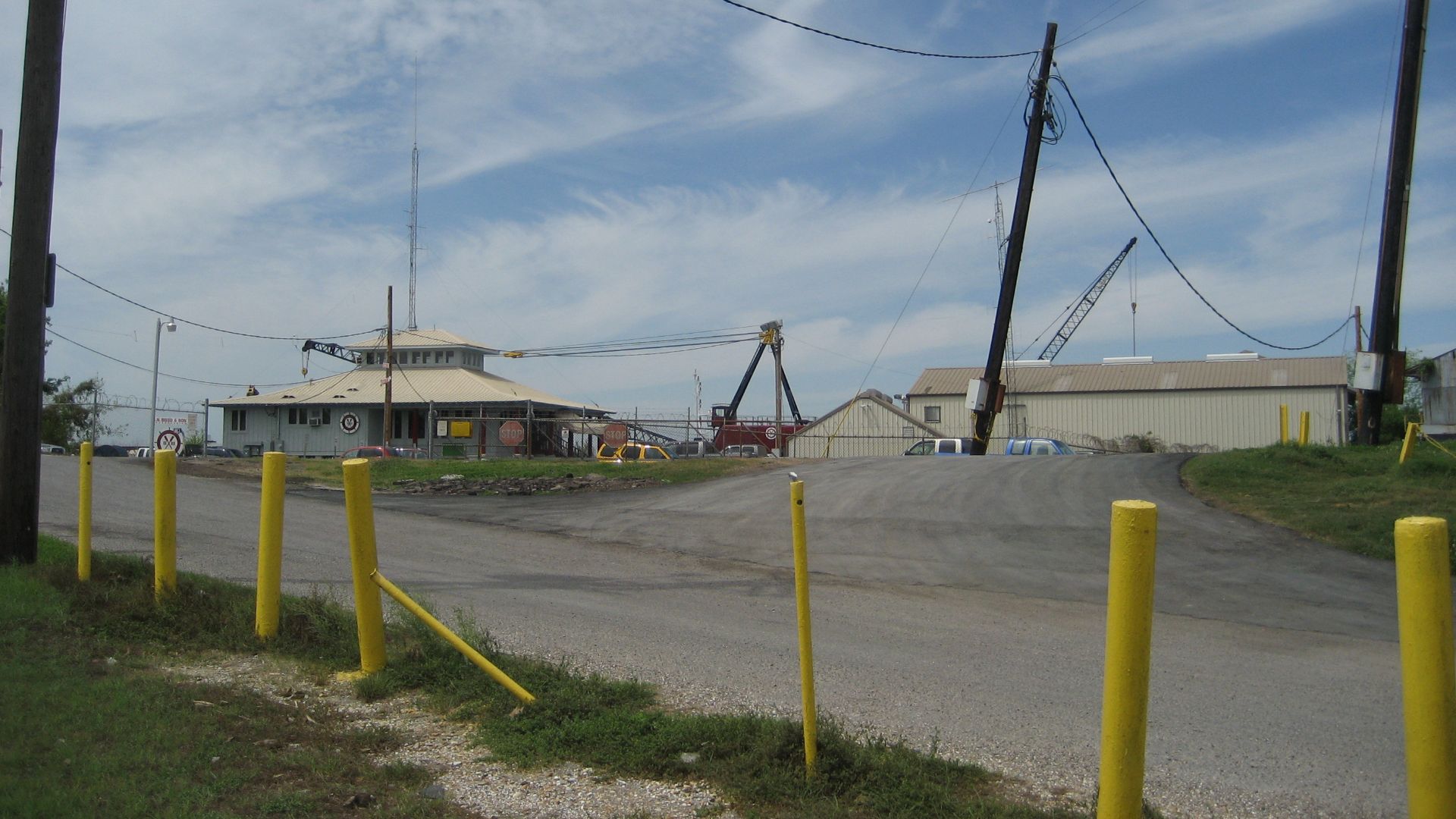 Infrogmation of New Orleans, Wikimedia Commons
Infrogmation of New Orleans, Wikimedia Commons
Florida’s Bedrock Betrayal
Florida sits atop limestone that is naturally full of holes and crevices. This means water can pass through underground, bypassing surface-level barriers. As a result, conventional seawalls and levees offer limited protection.
Major Cities Face Massive Loss
Cities like Fort Lauderdale, Norfolk, and Virginia Beach have tens of thousands of residents living on low-lying land. Each has over 100,000 people at risk. Local governments must begin evaluating relocation and protection strategies.
Hollywood Isn’t Safe
Hollywood, Florida, home to more than 120,000 residents, lies within the danger zone. It is one of the top 10 most vulnerable American cities by population. Like much of South Florida, it faces compounding risk from both rising seas and storm surges.
Storm Surge Gets Scarier
Higher sea levels magnify the effects of storm surge. A hurricane that might have caused moderate flooding today could inundate entire neighborhoods in the future.
Sunny Days And Flooded Streets
Even without storms, many coastal areas already face "nuisance flooding" during high tides. This will become far more frequent as seas rise. NOAA projects within America will see 45–85 high tide flooding days per year by 2050.
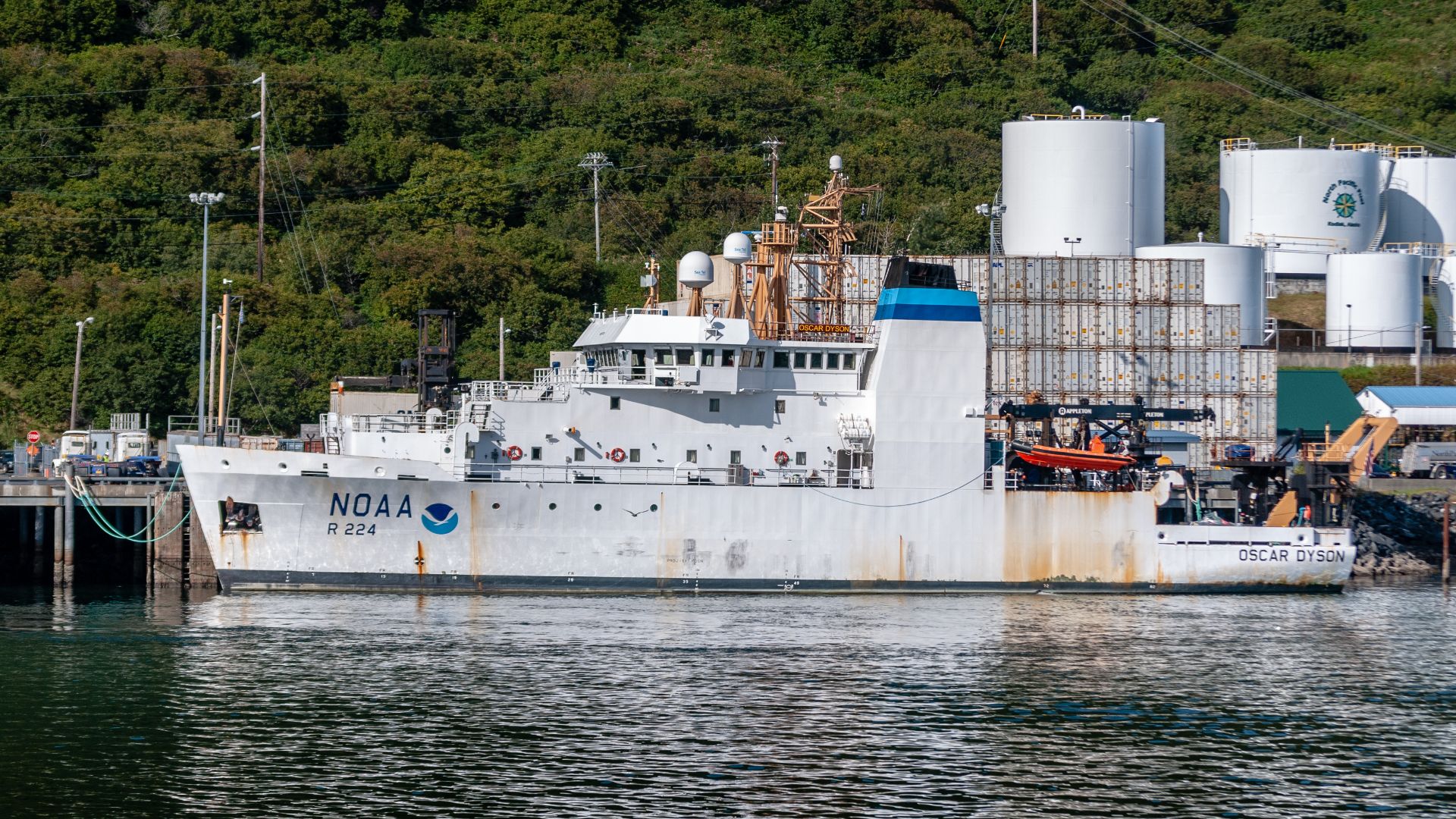 Gordon Leggett, Wikimedia Commons
Gordon Leggett, Wikimedia Commons
Airports Are In Trouble
Key infrastructure like airports in San Francisco and Los Angeles sit close to sea level. A 10-foot rise would place them at serious risk of flooding or permanent closure. These sites are essential for transportation, logistics, and emergency response.
Electricity May Short Circuit
More than 300 American energy facilities are within four feet of high tide levels. A 10-foot sea level rise would overwhelm many of them. Damage to power stations and grids could result in widespread, long-term outages.
Insurance
As flood risk increases, private insurers may stop covering vulnerable properties. Premiums are expected to rise dramatically, particularly in coastal zones.
California Is Sounding The Alarm
The California Coastal Commission has urged cities to prepare for a 10.2-foot rise by 2100. Affected cities are being asked to incorporate this scenario into their local planning policies. New rules could limit future construction in at-risk areas.
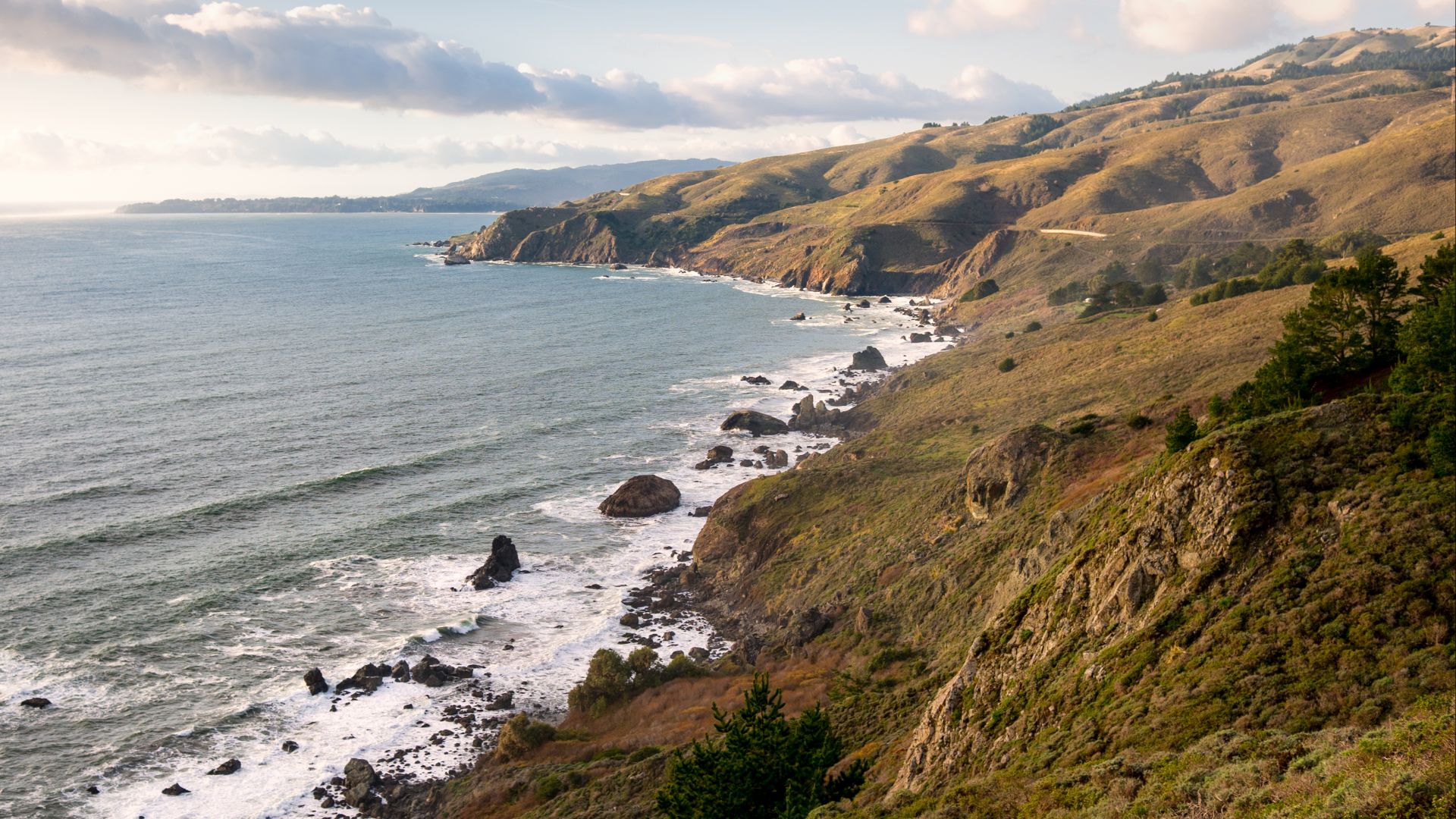 Frank Schulenburg, Wikimedia Commons
Frank Schulenburg, Wikimedia Commons
Sea Level Rise Has No Pause Button
New research suggests the West Antarctic Ice Sheet is already in irreversible decline. This will lead to at least four feet of global sea rise in the coming centuries. Ultimately, that number may reach 10 feet or more.
Time Moves Slow But Water Moves Fast
The rise may feel gradual, but when thresholds are crossed, flooding becomes abrupt. Even minor increases in sea level accelerate erosion and saltwater intrusion. Climate models project worsening effects over decades, not centuries.
Planning For The Unthinkable
California is drafting a policy that requires consideration of 10-foot scenarios in new construction. This includes commercial buildings, homes, and public infrastructure. The goal is to avoid building in zones that will be underwater within decades.
The Science Is Grim
While there is no exact timeline for a 10-foot rise, the trend is accelerating. The decay of the Antarctic Ice Sheet is expected to be slow but relentless. Projections indicate centuries of continued sea level rise, even if emissions stop today.
Politics Is Slower Than The Sea
Sea level rise is a long-term issue, but most political terms last only a few years. Elected officials often avoid making unpopular decisions about retreat and rezoning. This delay in action increases future costs and damages.
Nature Is Better At Defense
Natural features like wetlands and mangroves act as buffers against flooding. They absorb wave energy and reduce erosion more effectively than concrete barriers. Preserving these ecosystems could cut human risk by nearly half.
Infrastructure Can’t Move Easily
Critical systems like sewage plants and power stations are expensive and immovable. Many were built before sea level rise was a known threat. Replacing them or relocating entire systems takes decades and billions of dollars.
Ports Could Sink With The Cities
American ports, like San Diego, are located at sea level and face rising water. These ports support national and international commerce. Damage to these facilities would disrupt trade and supply chains across the country.
 Port of San Diego, CC BY 2.0, Wikimedia Commons
Port of San Diego, CC BY 2.0, Wikimedia Commons
Retreat Is On The Table
Managed retreat involves relocating buildings and communities out of flood-prone zones. It's already happening in some American cities. While controversial, it may be the only viable long-term solution for certain areas.
The Ocean Doesn’t Bargain
Unlike politics or economics, the ocean obeys only physical laws. Once land is flooded, there's no way to take it back. Delaying action does nothing to slow the inevitable.
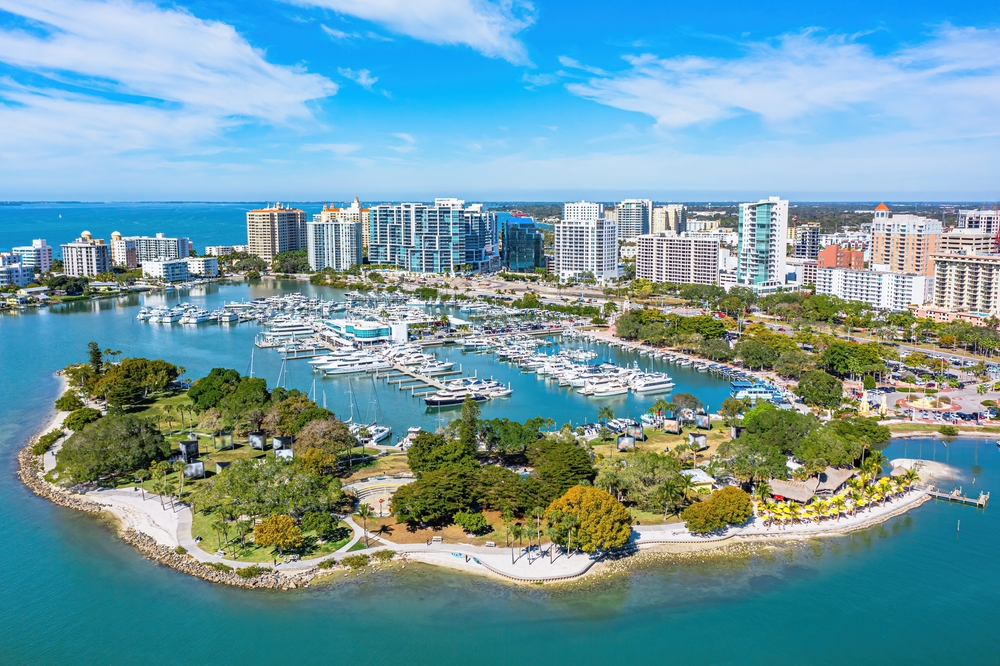 Suncoast Aerials, Shutterstock
Suncoast Aerials, Shutterstock
Homes Will Be Abandoned
With property values falling and insurance drying up, homeowners may be forced to walk away. Entire neighborhoods could become ghost towns. Local governments will be left to manage the cleanup and relocation.
Local Politics Will Get Ugly
Telling voters their land is no longer livable is politically risky. Many city councils avoid the topic entirely. Postponing hard decisions will only make the eventual fallout worse.
The Midwest Will Feel The Shift
As people flee flooded coastal cities, they’ll move inland. This could result in demographic shifts toward states like Ohio, Indiana, and Missouri. These areas must begin preparing for climate migration.
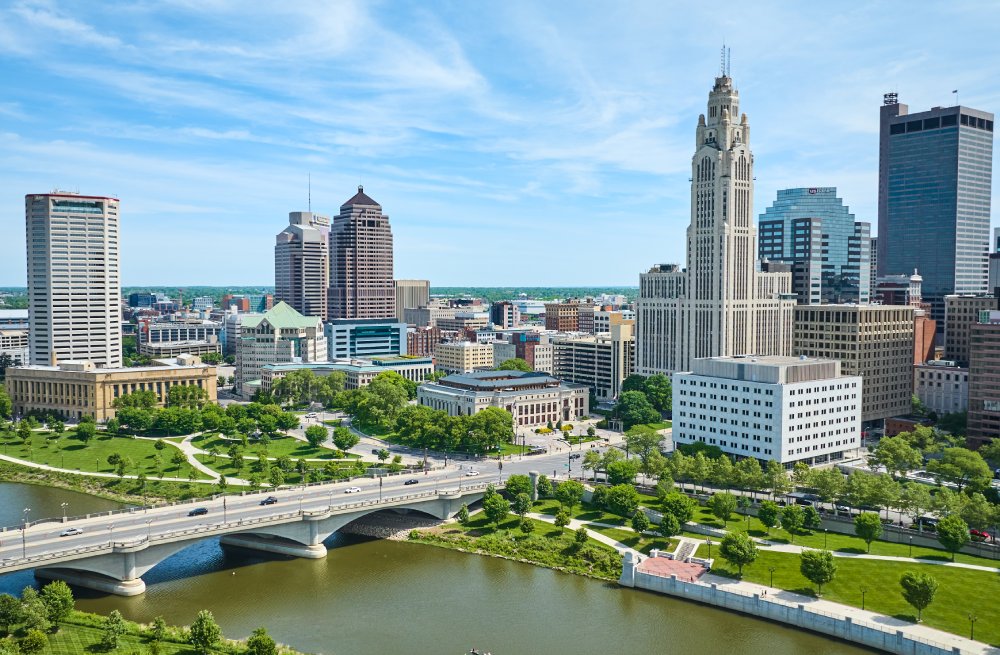 Nicholas J. Klein, Adobe Stock
Nicholas J. Klein, Adobe Stock
Climate Gentrification Is Real
Wealthier residents may relocate to higher-elevation areas, driving up housing prices. Low-income communities may be priced out of historically affordable inland zones.
The Most Vulnerable Will Suffer Most
Low-income and marginalized populations are least equipped to respond to sea level rise. These communities often lack insurance, savings, or political influence. They will face disproportionate losses in property, health, and stability.
Tourism Is On The Line
Coastal tourism generates billions in revenue each year. As beaches erode and flood risk rises, tourism may decline. That would devastate economies from Florida to California.
Saltwater Is A Slow Killer
Rising seas bring saltwater into freshwater aquifers. This contaminates drinking water and ruins farmland. Affected areas must invest in desalination or relocation.
Water Wars Could Escalate
As freshwater supplies shrink, conflicts over access may increase. Agriculture, municipalities, and industry will compete for dwindling resources. Disputes are likely to intensify both within and between regions.
Insurance Giants Are Watching
Insurers track climate risk closely and adjust coverage accordingly. Some companies are already pulling out of high-risk areas. Without insurance, homes become unsellable and unlivable.
Retrofitting Won’t Be Enough
Raising homes or building pumps may delay damage but won’t prevent it. These solutions are costly and temporary. Over time, they will be overwhelmed by continued sea rise.
Sea Level Rise Doesn’t Sleep
Even with major emissions cuts, existing warming guarantees continued sea rise. Ice sheet decay and thermal expansion are already locked in. The effects will play out over hundreds of years.
 Patrick Kelley, Wikimedia Commons
Patrick Kelley, Wikimedia Commons
The Map Of America Will Change Forever
With a 10-foot sea level rise, the American coastline will be redrawn. Cities will shrink, counties will disappear, and new shorelines will emerge.
You May Also Like:
These 25 Cities Could Be Underwater By 2100
The “Underwater People” Nearing Extinction
21 Cities In America Where Home Prices Have Actually Dropped

